- Home
- Blog
- Super Foods
- Super foods, the ultimate health food - Oats
Super foods, the ultimate health food - Oats
Written by Catherine Saxelby
on Thursday, 26 February 2009.
Tagged: ancient grains, breakfast, carbohydrates, diabetes, fibre, glycemic index, grains, health, low GI, nutrition, super foods

If you want to live to 100 and be in good shape, start eating more oats. It's the grain with everything - it's high in beta-glucan, a soluble fibre that will keep your cholesterol down, it's got a lowish GI so will help you keep diabetes at bay, it's a good alternative if you can't eat wheat.
And it's so good for you - you can top up your B vitamins, especially thiamin and niacin, as well as minerals like phosphorus, potassium and magnesium (which helps steady the rhythm of the heart).
Oats - the champion grain
Oats are a winner amongst all grains. They're low GI, so their carbohydrate is slowly absorbed into your system, giving you energy for hours after eating. Their fibre is the soluble type of fibre that prevents breakdown products of cholesterol from re-entering the system via the intestine. The result is less cholesterol being made in the body.
Gluten-free (almost)
Oats are one of the few grains to be free of gluten (although most oat crops are often contaminated by stray wheat grains and so unsuitable for gluten-free diets). They carry small amounts of good fats, more than wheat or rice. And they're packed with nourishment, giving you B vitamins, vitamin E as well as protein and minerals. Finally they're easy to incorporate into family meals.
Nutrition stats
Per serve:
Half a cup cooked porridge oats (weighing 130g) supplies: 2g protein, 1g fat, no sugar, 11g starch, 1g dietary fibre and 260 kilojoules (62 Calories).
Per 100g cooked:
1 per cent protein, 1 per cent fat, 0 sugars, 8 per cent starch, 1 per cent dietary fibre and 200 kilojoules (48 Calories).
Types
You'll find this nutritious grains in many different forms but all have a similar nutrition profile. Here I've outlined these differences in descending order from least processed to more processed to help you make sense of them all.
Oat groats (whole oat grains)
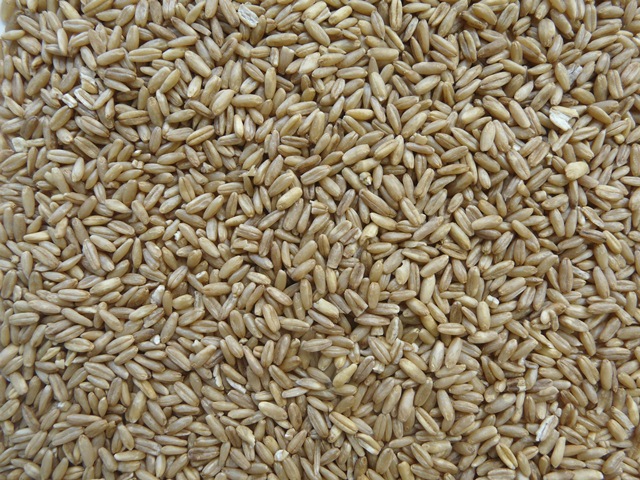
Steel cut oats (Scotch, Scottish, Irish or pinhead oats)
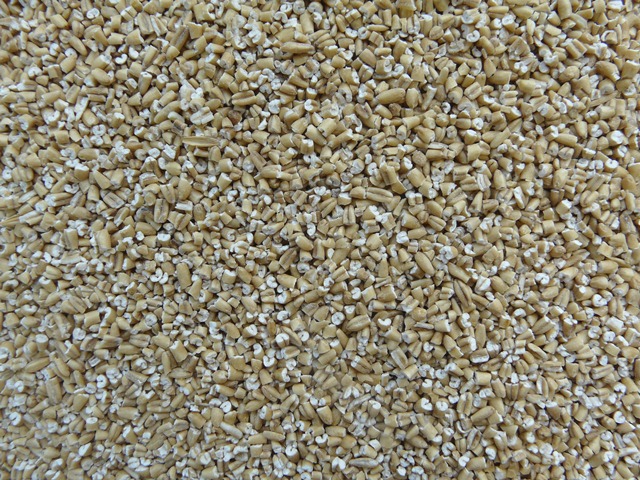
Scottish oatmeal
Instead of cutting oats with a steel chopper, the Scots traditionally stone-grind them, creating broken bits of varying sizes, which some say results in a creamier porridge than steel-cutting. Haggis, the national dish of Scotland, is a large sausage made of the liver, heart, and lungs of a sheep or lamb, mixed with oats and suet and seasoned with onion, herbs and spices.
Rolled
Due to their natural fat which can go rancid, oats are generally heat-treated and rolled for longer storage. This also helps them cook more quickly. Rolled oats come in three forms:
1. Traditional rolled oats (old fashioned or jumbo)
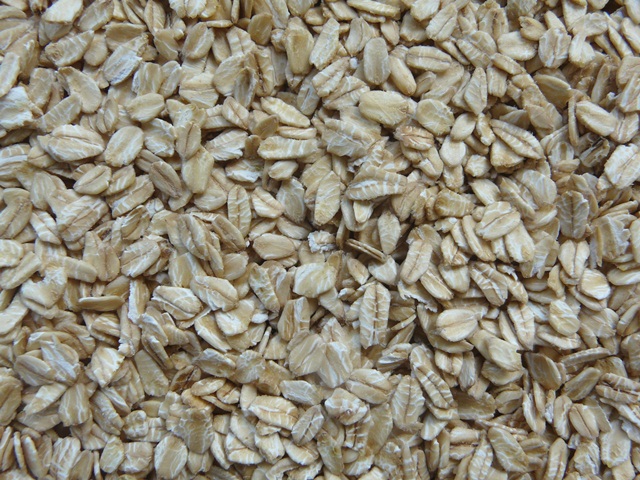
2. Quick-cook rolled oats

3. Instant oats

Whatever you use, finish off your cooked oats with a light sprinkle of brown sugar or honey with some milk. As a healthier alternative, you can throw in a handful of sultanas or raisins toward the end of cooking or peel and dice a small red or green apple at the start and add to the oats when you add the water or milk. The fruit softens and cooks whilst you're cooking the oats.
Oatmeal or oat flour
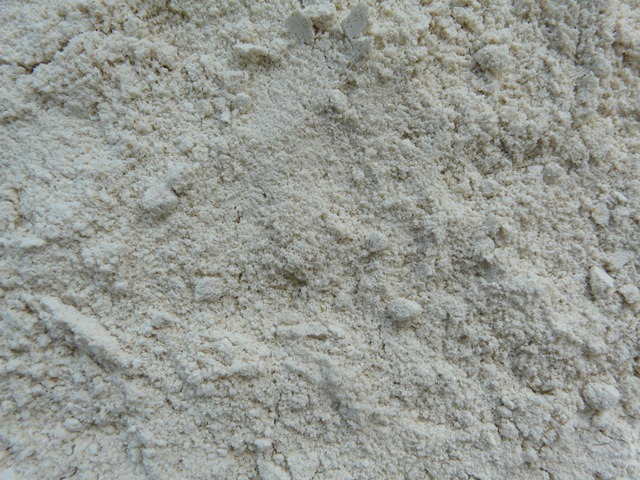
Muesli or granola
Muesli is made up of around 50 per cent rolled oats, which is usually uncooked but sometimes is toasted in an oven before the nuts, seeds and dried fruit are added. Muesli bars have only 25 per cent oats. GI of 40-52.
Oat bran
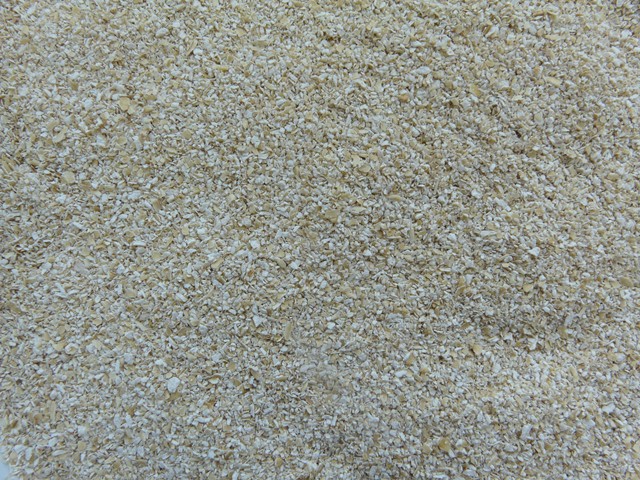
Figures from low GI Shoppers Guide book and the GI database on www.glycemicindex.com
Easy ways to enjoy oats
- Make porridge oats your wintertime breakfast. Add finely-sliced pear or a handful of sultanas halfway through cooking. I like to grate a small apple (with the skin) and add that halfway through for a nice change. Top with a sprinkle of cinnamon instead of sugar.
- Make your own natural muesli by mixing together 2 cups rolled oats with 1/2 cup each of pumpkin seeds, slivered almonds, sunflower seeds and sultanas. Toss in 1/4 cup chopped dried apricots or dried apples or sultanas or another fruit you like.
- Sprinkle oats over home-made muffins and banana bread.
- Substitute 1/3 of the flour in any cake recipe for oats.
- Bake an oaty crumble topping over stewed apple or apricots. Mix equal quantities of oats and self-raising flour and rub in butter or margarine with the fingertips. See if my Apple and Rhubarb crumble hits the spot.
- Try my Bircher Muesli where you soak oats overnight then mix in with fruit in the morning for a filling substantial breakfast.
Save
You may also be interested in...
Foodwatch
The Good Stuff
The Boring Stuff
© 2025 Foodwatch Australia. All rights reserved
Website by Joomstore eCommerce




